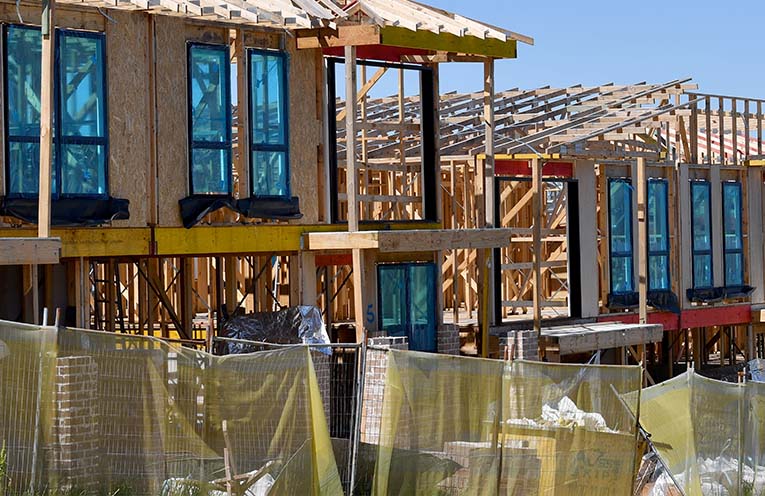
STRONGER-THAN-EXPECTED figures for building approvals have not dispelled concerns national housing targets might not be able to be reached.
Figures from the Australian Bureau of Statistics showed a 10.4 per cent increase in the number of dwelling approvals during July; a sharp turn-around from a 6.4 per cent drop in June.
 Advertise with News of The Area today.
Advertise with News of The Area today.It’s worth it for your business.
Message us.
Phone us – (02) 4981 8882.
Email us – media@newsofthearea.com.au
There were almost 15,000 new dwellings approved in July, driven by a 32 percent spike in new apartments being given the green light.
But peak construction bodies have warned the uptick would still not be enough for jurisdictions to attain targets under the national housing accords.
The housing accord, which came into effect from the middle of 2024, demands that 1.2 million new homes be built by the end of the decade.
Master Builders Australia chief executive Denita Wawn said while housing approval figures were welcome, more needed to be done.
“If we remain at this pace, we’re looking at creating about 831,000 new homes over the next five years,” she said.
“We cannot take the foot off the pedal when it comes to boosting housing supply and improving the investment environment for new projects.”
The housing approval figures showed that despite the more than 10 per cent increase, it was still 5.1 per cent lower than the five-year average.
Property Council of Australia executive Matthew Kandelaars said a goal of 1.2 million new homes was still achievable.
“While it’s pleasing to see the number of housing approvals rise in July, we are still building at levels below what we were building five years ago,” Mr Kandelaars said.
“We simply won’t hit our housing targets if we don’t continue to increase the number of homes approved. We need to see results like this, month after month.”
But Urban Development Institute of Australia national director Col Dutton said one month was not enough time to see how housing trends would lead to the accord targets being met.
“Just focusing on month-to-month figures does not provide the full picture.
“We need to look at the trend over the year to truly understand the circumstances we are in and continuing low building approvals,” he said.
“These results show some positive ground for apartments but the overall picture shows that we are building less than we did five years ago which has material impact on our ability to achieve anywhere close to the 1.2 million homes target.”
By Andrew BROWN, AAP